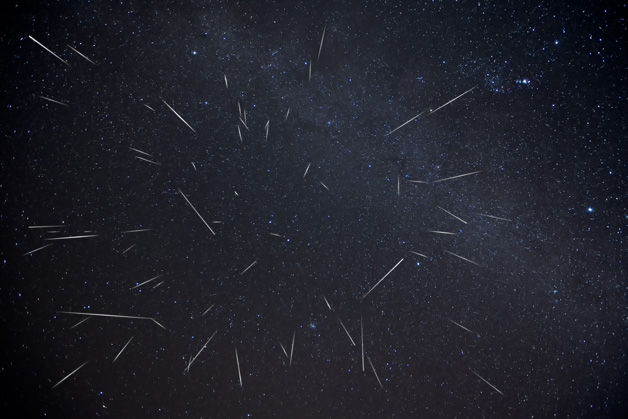
Considered one of the most famous meteor showers and one of the most spectacular, The Geminids Meteor Shower is currently active with the peak occurring on the night of December 13th, 2021 and early morning of December 14th, 2021.
NASA explains at its peak, activity reaches approximately 120 meteors per hour and velocity reaches 39km per second, however from the southern parts of Australia you can expect to see roughly 20-30 meteors per hour. Eager eyes will be able to see the meteors shoot across the sky as debris crosses the Earth’s orbit.
The following times are when the moonset occurs on the morning of December 14th, depending on your location:
Adelaide: 2:56am | 277°
Brisbane: 1:31am | 276°
Canberra: 2:43am | 277°
Darwin: 2:38am | 276°
Hobart: 2:45am | 277°
Melbourne: 2:58am | 277°
Perth: 2:58am | 277°
Sydney: 2:35am | 276°
The Geminids get the name from the constellation Gemini as the meteor shower seems to appear from the constellation in the night sky. The constellation Gemini is not the source of the meteors, but it is the point in the sky in which they appear to come from, known as the 'radiant'. The name is simply to help people determine where to view the meteors in the night sky.
The Geminids don’t actually originate from comets as most meteor showers do but from an asteroid named 3200 Phaethon. The asteroid takes 1.4 years to orbit our sun and is believed it could be a “dead comet” and was discovered on October 11 1983, by the Infrared Astronomical Satellite. Astronomer Fred Whipple was the person who discovered the Geminid meteors came from Phaethon.
Timeanddate explains you don’t need any special equipment to view a meteor shower, but you need need a clear sky, patience and ideally a secluded viewing spot away from bright, city lights. Get your eyes adjusted to the dark, lie on the ground and look at the sky. Their interactive meteor shower sky map shows the position of the radiant in the night sky depending on what location you’re in so you can see which way to face.
The Geminids Meteor Shower began on December 4th and will be active until December 17th, 2021 however the best time to view them is at its peak on December 13/14.
Image Credit: (worawit_j / Shutterstock.com)





